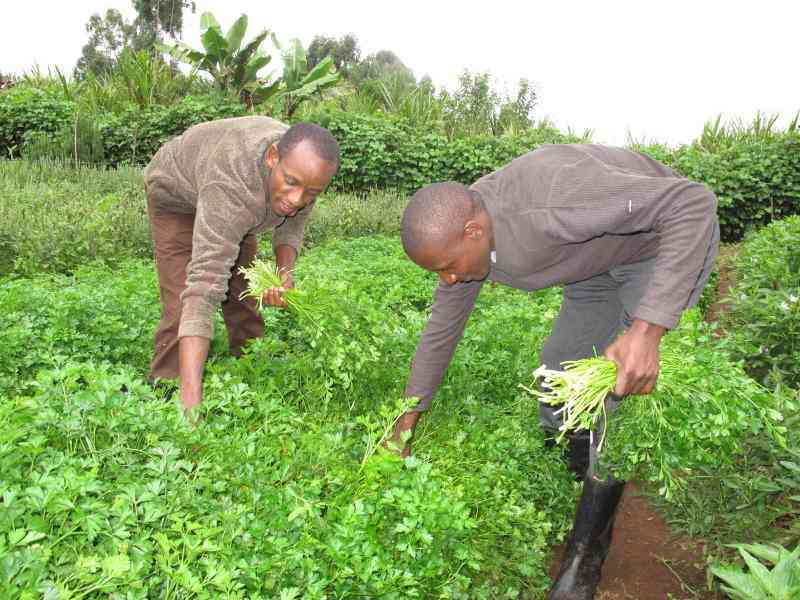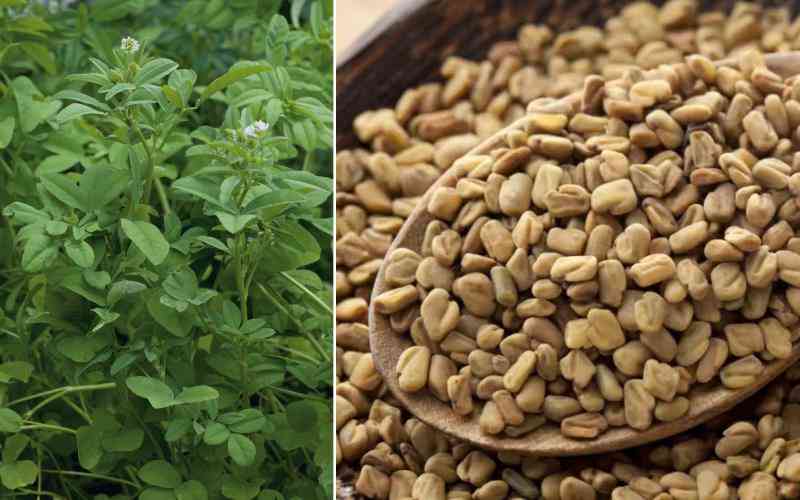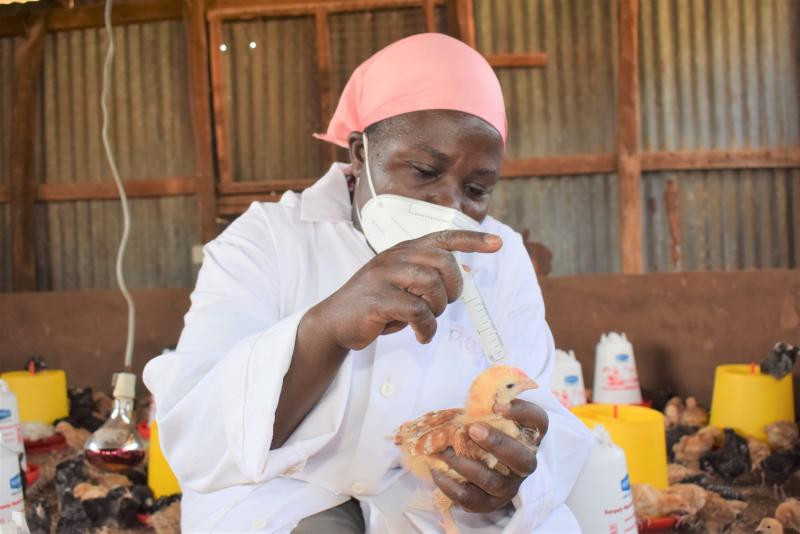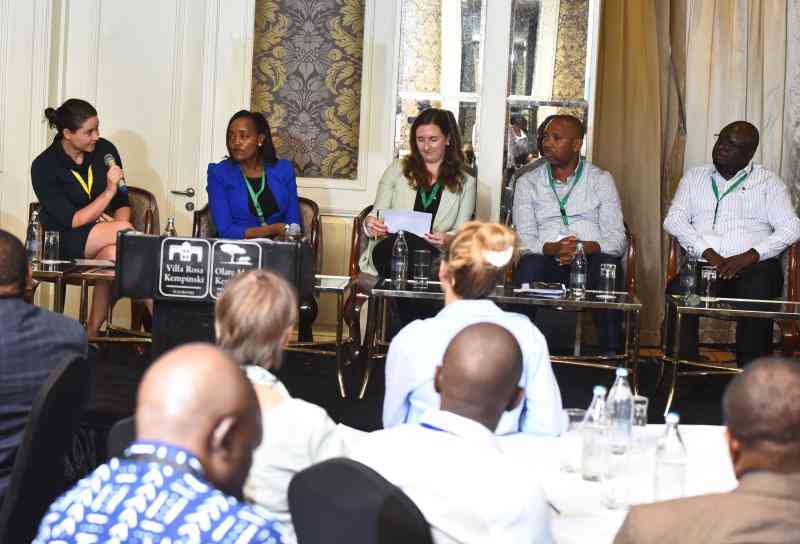Do’s and don’ts of water vaccination
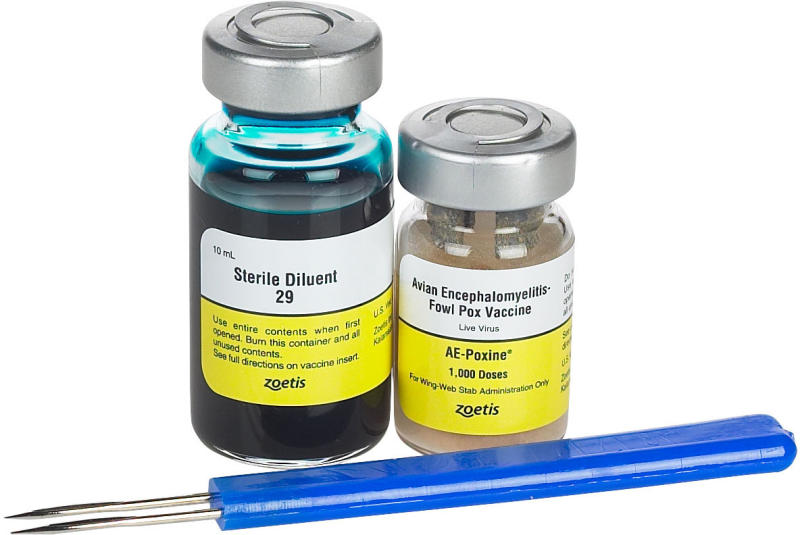
As demand for cheap source of protein increases, we have witnessed rise in new poultry farmers and in addition to that, old farmers are gradually modernising their flocks and embracing new technologies.
It is now a must that poultry farmers must work closely with their chick suppliers, feed suppliers, transporters, farm workers, family members and neighbours in understanding the requirement of these birds and developing strategies to manage disease challenges and any other emerging occurrences in their barns.
There are two prime requisites for disease free poultry production:
1. Good biosecurity - the most powerful tool in preventing exposure to disease agents.
2. High management standards - a term incorporating the selection of high-quality chicks, housing and equipment of a high standard, good environmental control, good terminal hygiene and an appropriate programme of vaccination.
Whereas poultry vaccinations were the first strategies invented to manage diseases, poultry farmers still casually apply vaccinations with minimal concern as to the detail requirements.
Your vaccine supplier must have the following basic knowledge on poultry diseases, local disease types and incidence in your area, bird production parameters, technical knowledge of vaccines available, current vaccination programme and a logical approach to accomplishing the exercise. The two most common vaccines used in poultry are the live and killed vaccines.
The rules
All water to meet the vaccine should be treated with skimmed milk powder at a rate of 10g per gallon or 2g per litre, or an alternative stabiliser like Cevamune, Aviblue or Goblue at a rate of one tablet in 100 litres of water. The milk powder should be mixed with the water at least 20 minutes prior to the vaccine being re-constituted. Drinker lines should be drained and primed with vaccinated water prior to allowing bird access to the drinker system. (Allowing birds to drink systems, dry often does not fully empty drinker lines due to their design). Bell drinkers should be drained and cleaned prior to vaccination and primed with vaccinated water prior to bird access.
All the vaccine should be presented in an appropriate volume of water to allow consumption over a pre-determined period suitable for the vaccine in use.
To calculate the water to use for vaccination, use this formula. Age of bird in days x No of birds x 1.1/1000 = litres of water. In case you need more assistance, you can reach the vet on the addess below.
Dr Watson Messo Odwako email [email protected] or [email protected], Head Veterinarian, Kenchic.
Want to get latest farming tips and videos?
Join Us
Share this article on social
 The Standard Group Plc is a multi-media organization
with investments in media platforms spanning newspaper print operations,
television, radio broadcasting, digital and online services. The Standard Group
is recognized as a leading multi-media house in Kenya with a key influence in
matters of national and international interest.
The Standard Group Plc is a multi-media organization
with investments in media platforms spanning newspaper print operations,
television, radio broadcasting, digital and online services. The Standard Group
is recognized as a leading multi-media house in Kenya with a key influence in
matters of national and international interest.
 The Standard Group Plc is a multi-media organization
with investments in media platforms spanning newspaper print operations,
television, radio broadcasting, digital and online services. The Standard Group
is recognized as a leading multi-media house in Kenya with a key influence in
matters of national and international interest.
The Standard Group Plc is a multi-media organization
with investments in media platforms spanning newspaper print operations,
television, radio broadcasting, digital and online services. The Standard Group
is recognized as a leading multi-media house in Kenya with a key influence in
matters of national and international interest.


